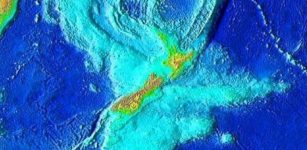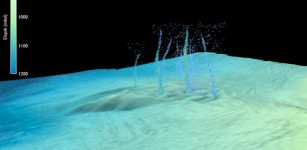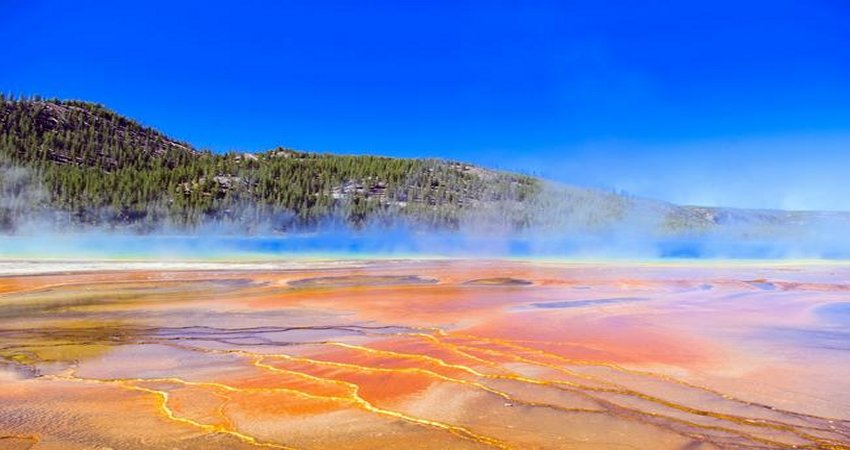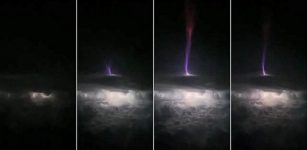Giant Ozone Hole In The Arctic Has Suddenly Disappeared
Don Wood – MessageToEagle.com – Just weeks after scientists announced the existence of the largest ozone hole ever documented in the Arctic something happened. The giant ozone hole suddenly disappeared.
What caused its appearance and disappearance has not yet been determined but it seems the hole was caused by an unusually strong polar vortex, which explained its relatively sudden growth.

Credit: NASA
The polar vortex is a high altitude current that circulates in an irregular ring-like pattern around the Arctic and helps keep cold air trapped above the pole.
The hole formed earlier this year and reached its maximum size in March some 11 miles above the surface of the Earth. It’s not the first time a large hole formed over the Arctic. The previous record-holder was observed during the 2011 winter and ozone depletion in 2020 seems on course to be even stronger.
“While we are used to ozone holes developing over the Antarctic every year during the Austral spring, the conditions needed for such strong ozone depletion are not normally found in the Northern Hemisphere.
The Antarctic ozone hole is mainly caused by human-made chemicals including chlorine and bromine that migrate into the stratosphere – a layer of the atmosphere around 10–50 kilometers above sea level.
These chemicals accumulate inside the strong polar vortex that develops over the Antarctic every winter where they remain chemically inactive in the darkness. Temperatures in the vortex can fall to below -78 degrees Celsius and polar stratospheric clouds (PSCs) can form, which play an important part in chemical reactions involving the human-made chemicals that lead to ozone depletion once sunlight returns to the area, “ researchers with Copernicus’ Atmospheric Monitoring Service explain.
See also:
Unusual Hole In Ozone Layer Forms – This One Is Over The Arctic
Banned Ozone-Eating Chemical Surprisingly On The Rise, Researchers Say
Earth’s Movement Has Changed Because Of The Coronavirus Lockdowns
‘It is very unusual for such strong ozone depletion to occur in the northern hemisphere, but this year’s polar vortex was exceptionally strong and persistent, and temperatures were low enough to allow stratospheric cloud formation for several months,’ Copernicus’ Antje Inness told Euro News.
The unprecedented 2020 northern hemisphere #OzoneHole has come to an end. The #PolarVortex split, allowing #ozone-rich air into the Arctic, closely matching last week’s forecast from the #CopernicusAtmosphere Monitoring Service.
More on the NH Ozone hole
https://t.co/Nf6AfjaYRi pic.twitter.com/qVPu70ycn4
— Copernicus ECMWF (@CopernicusECMWF) April 23, 2020
There have been some speculations that the rapid disappearance of the ozone hole might have been caused by the radical reductions in air pollution during the worldwide COVID-19 shutdowns, but the CAMS team has rejected the idea.
“COVID19 and the associated lockdowns probably had nothing to do with this,” the group wrote in a Twitter post.
“It’s been driven by an unusually strong and long-lived polar vortex and isn’t related to air quality changes.”
Scientists think the giant hole formed rapidly due to unusually cold polar vortex and it vanished quickly as a result of the polar vortex warming, which causes it to begin mixing with ozone-rich air from the lower atmosphere, offsetting the temporary depletion.
Written by Don Wood – MessageToEagle.com Staff










